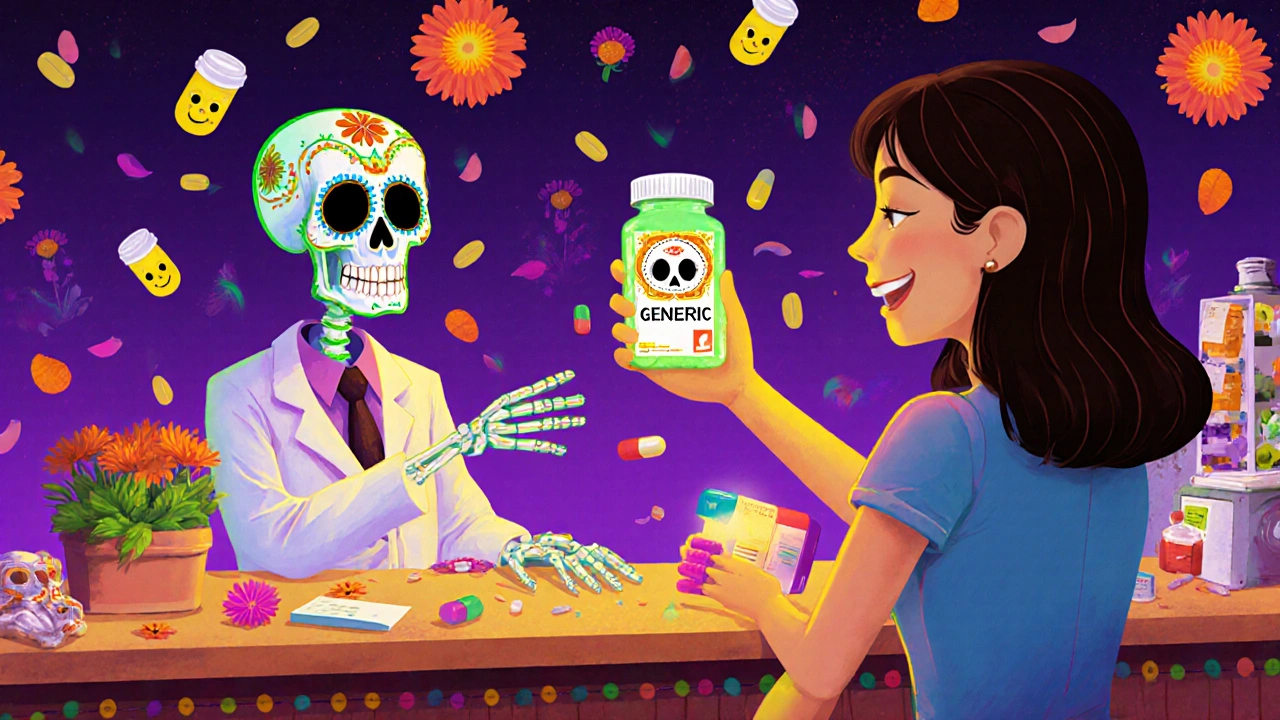FDA Generic Approval: What It Means for Your Medications
When you hear FDA generic approval, the official process the U.S. Food and Drug Administration uses to confirm that a generic drug is as safe and effective as its brand-name counterpart. Also known as bioequivalence approval, it’s the gatekeeper that lets pharmacies stock cheaper versions of your prescriptions without sacrificing results. This isn’t just paperwork—it’s what keeps your insulin, blood pressure pills, and antidepressants affordable. Without it, you’d pay hundreds more for the exact same active ingredient.
The real question isn’t whether generics work—it’s how the FDA makes sure they do. It’s not enough for a generic to contain the same chemical. The body has to absorb it the same way, at the same rate, and in the same amount. That’s where bioequivalence, the scientific standard that proves a generic drug performs identically to the brand in the human body comes in. Studies show that generics must deliver the same amount of drug into your bloodstream within a narrow range—usually 80% to 125% of the brand’s levels. If they fall outside that, they’re rejected. This isn’t guesswork. It’s lab testing, clinical data, and strict rules. For drugs with a narrow therapeutic window—like phenytoin, an anti-seizure medication where tiny changes in blood levels can cause toxicity or seizures—the FDA demands even tighter controls. That’s why switching phenytoin brands can be risky if levels aren’t monitored.
Some people worry that generics are cut corners. But the truth? The FDA inspects generic factories just as often as brand-name ones. In fact, many brand-name drugs are made in the same plants as their generics. The difference? No marketing budget. No patent protection. Just science. That’s why therapeutic equivalence, the official FDA rating that tells you a generic can be substituted without clinical concern matters. When you see an AB rating on your prescription, it means the FDA has verified it’s interchangeable. But not all generics get that rating. Some, like certain extended-release versions, may not have enough data yet. That’s why your pharmacist might ask if you’re okay switching.
And it’s not just about cost. Generic approval drives competition. When multiple companies make the same drug, prices drop fast. One study found that after three generics hit the market, prices fell by over 80%. That’s why Medicare Part D and nursing home drug coverage rely so heavily on generics. It’s not because they’re second-rate—it’s because they’re proven, reliable, and accessible.
But here’s the catch: approval doesn’t mean every generic is perfect. Manufacturing errors happen. That’s why the FDA tracks adverse events and pulls products when needed. And if you’ve ever had a bad reaction after switching from brand to generic, you’re not imagining it. For some drugs—like tramadol, a painkiller with a narrow safety margin that can trigger seizures in vulnerable people—even small differences in fillers or release rates matter. That’s why doctors still sometimes stick with brands for high-risk patients.
So what does this mean for you? If your doctor prescribes a generic, you’re getting the same medicine. But if you notice a change in how you feel after switching—dizziness, nausea, or reduced effectiveness—tell your pharmacist. Ask if it’s an AB-rated generic. And don’t assume all generics are the same. The FDA approves them, but your body still has to respond to them. That’s why knowing your meds matters more than ever.
Below, you’ll find real-world stories and science-backed guides on how generic approval affects everything from your blood pressure to your mental health. Whether you’re switching meds, worried about side effects, or just trying to save money, these posts give you the facts you need—no fluff, no hype, just what works.
- Archer Pennington
- 11
Informed Decision-Making: Choosing Between Generic and Brand Medications
Learn how to choose between generic and brand-name medications with clear facts, real-world data, and expert insights. Discover when generics are just as effective-and when to stick with the brand.
Read more
